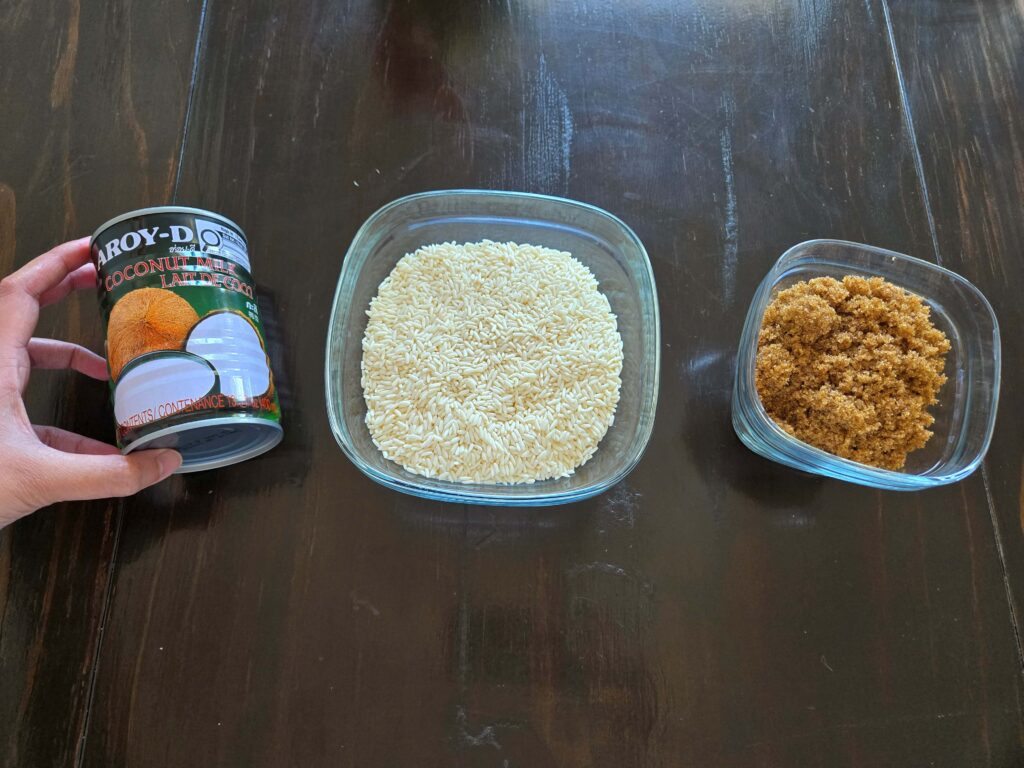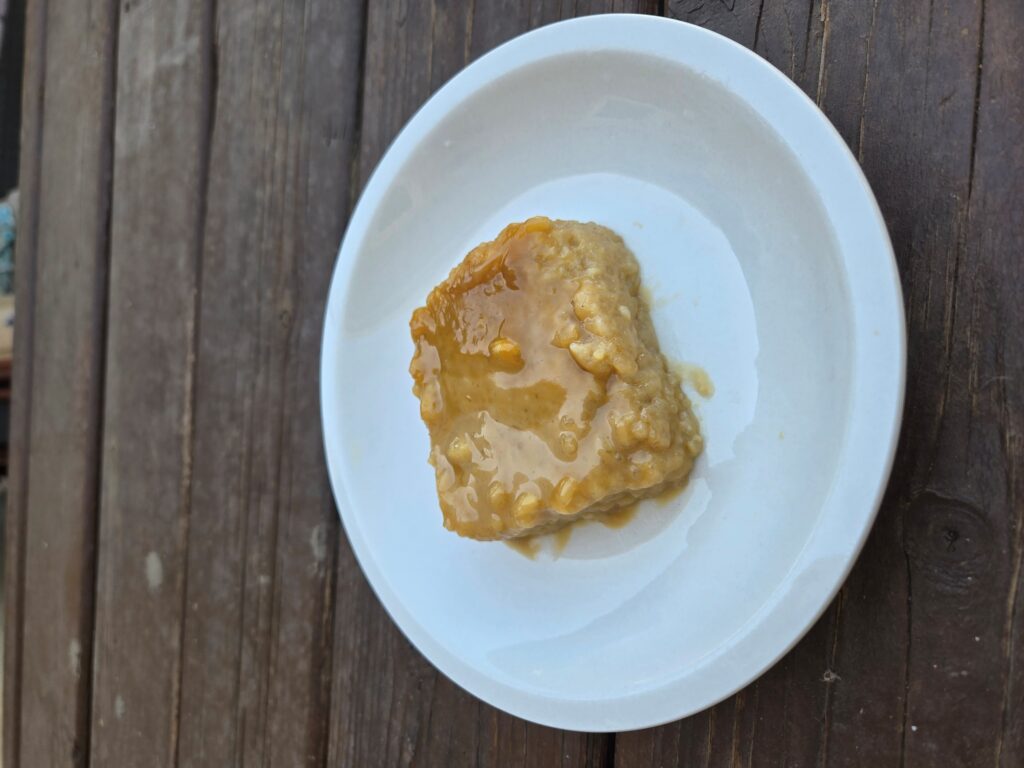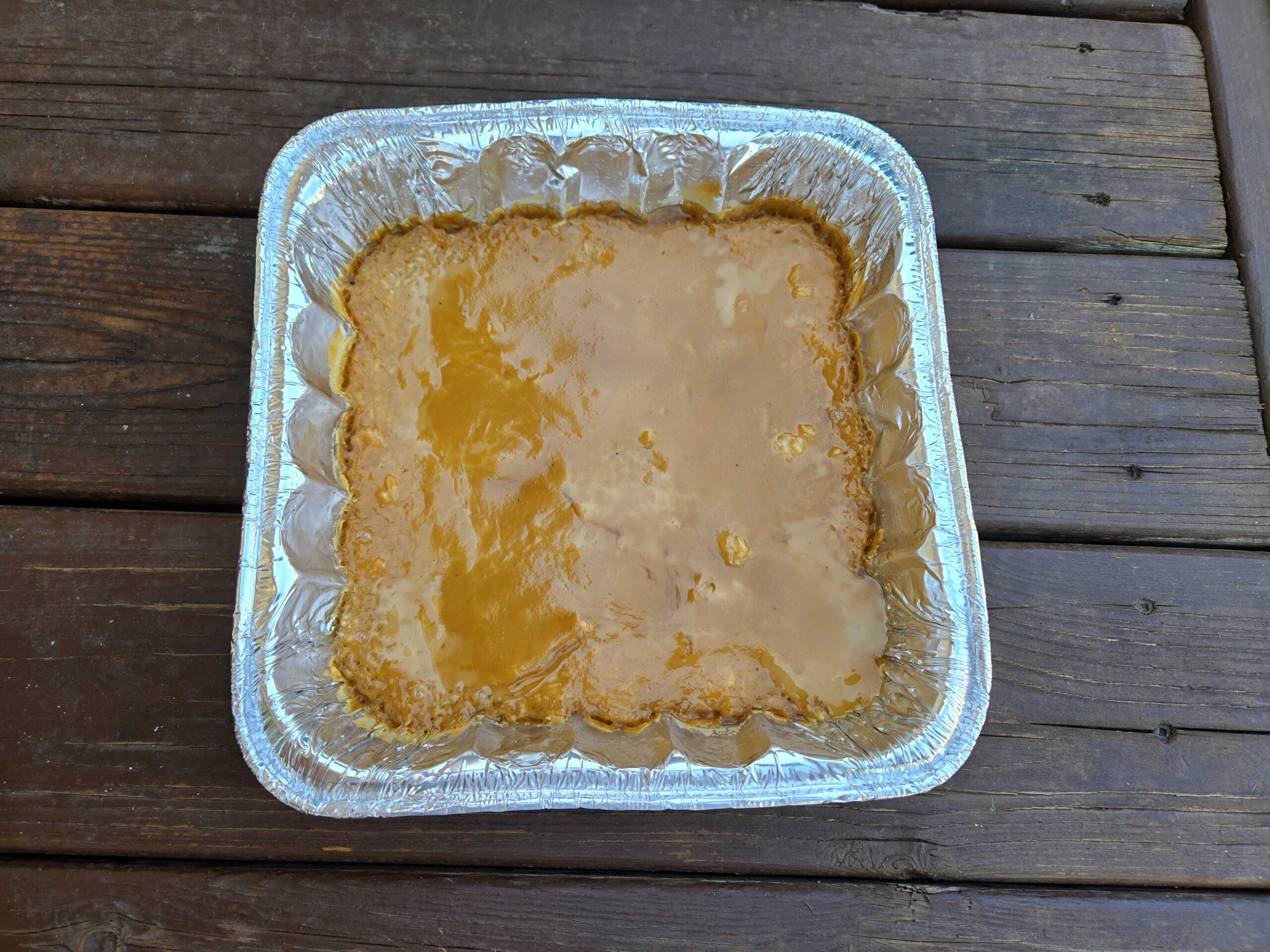Why Biko?
The aroma of glutinous rice soaked in coconut milk and melted brown sugar will always have a special place in my heart. It reminds me of hot afternoons spent with family, filled with stories and laughter. Biko was typically served during celebrations—birthdays, weddings, and fiestas. Locals even earn from it by selling it on the streets, beautifully arranged on round bamboo trays lined with banana leaves.
Since glutinous rice and coconut are abundant in tropical countries like the Philippines, I chose to highlight this beloved delicacy for today’s blog. It only consists of three ingredients, but making Biko truly feels like a labor of love.
How to Make It?
To learn how to make Biko, I watched a 3-minute video by Foxy Folksy on YouTube. It was easy to follow since the ingredients were displayed on-screen throughout. I watched it three times before giving it a try.
Here are the ingredients I gathered:
- 2 cups of glutinous rice
- 1 ½ cans of coconut milk
- 1 cup of water
- 1 cup of brown sugar

I began by washing the glutinous rice thoroughly. After rinsing, I placed it in a pot with one cup of coconut milk and one cup of water. I cooked it over low heat, stirring every 3–5 minutes to prevent sticking and burning. Once cooked, I set it aside to cool.

![]()
In a separate pan, I started making the caramel sauce. I poured in one can of coconut milk and let it boil for seven minutes over low heat. Once boiling, I added one cup of sugar and stirred until it thickened. When the sauce was ready, I set aside a portion for the topping and left the rest in the pan.

Still on low heat, I transferred the cooked rice into the caramel sauce and stirred until it became dry and sticky. I continued stirring until I reached my desired consistency. After letting it cool for a few minutes, I placed it in a square pan, topped it with the reserved caramel sauce, and baked it for 18 minutes.

What Did I Learn?
It may seem simple because of the few ingredients, but it wasn’t. This experience taught me not just how to make Biko, but also the patience required to see it through. The stirring part was the most challenging—it got heavier and stickier as it dried. It’s true what they say: “Good things take time.”
Learning through YouTube was great—it wasn’t as complicated as I thought it would be. Although I sometimes doubt whether I’ll achieve the same consistency, I managed to pull it off in the end. What I love about YouTube videos is that they’re accessible and free for everyone. Since they’re in video format, I can pause and replay whenever I forget what to do next. They also give me clear direction and help me stay on track. I especially like Foxy Folksy’s video—even though they don’t have audio instructions—because they’re straight to the point, with ingredients and steps clearly displayed on the screen.”
I can say that today’s cooking session was a success. It was both fun and fulfilling. That being said, I’m already looking forward to the next one. Hope you enjoyed reading this too. See you in my next post! 😊
Disclaimer: Used Copilot as grammar checker! 🙂


Hi Katrina!
Biko looks delicious! I love baking and I am definitely adding this to my list of things to try. I love that you included the recipe, not only cause I want to make it myself but it looks like any other blog I would use a recipe from. “Good things take time” for sure, this is the attitude I have when it comes to cooking and baking as well. I am currently starting a sourdough starter for my learning project and have some YouTube videos as well to further my learning. I am not sure if TikTok is the best resource but I have found good recipes for baking on there, have you found any good Philippine’s Traditional recipes on there you plan on trying?
Hello, Emma. Thank you for stopping by. To be honest, I do not have a Tiktok account but I heard from my friends that Tiktok is also a good social media app with lots of things including cooking videos. I use Facebook and I discovered some recipes there that I can try next for my next post. 🙂